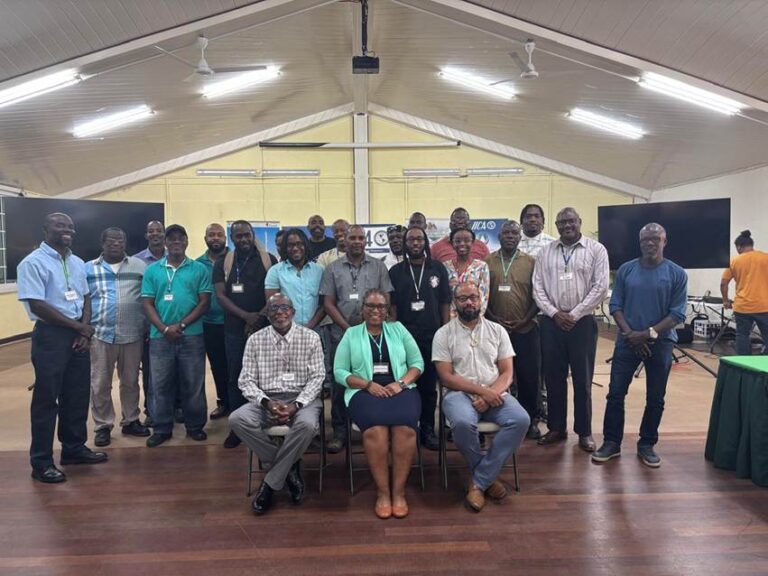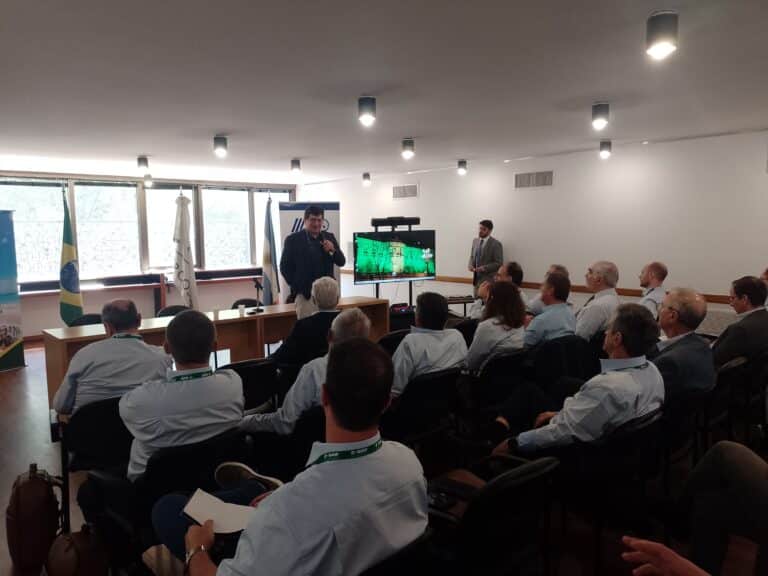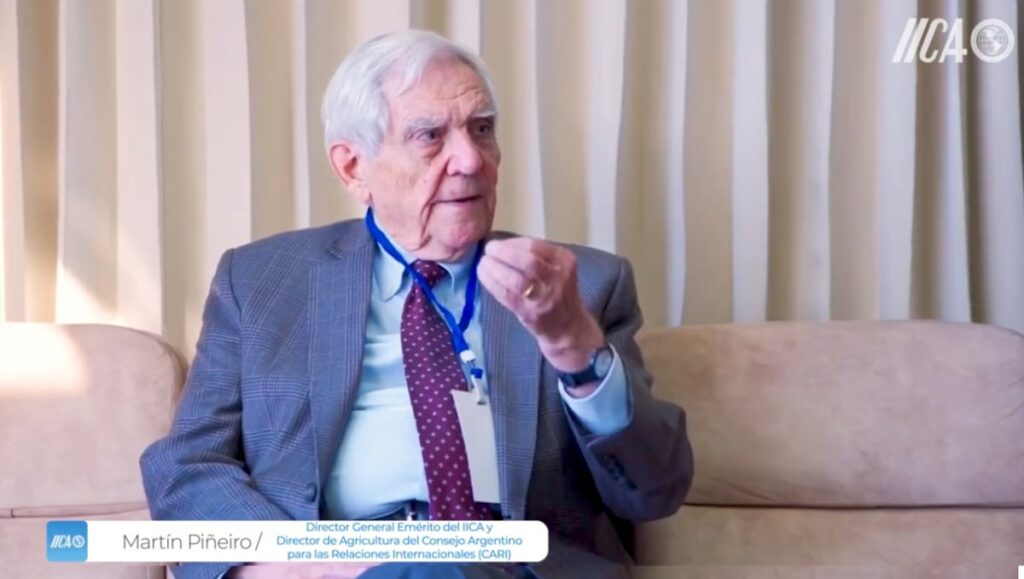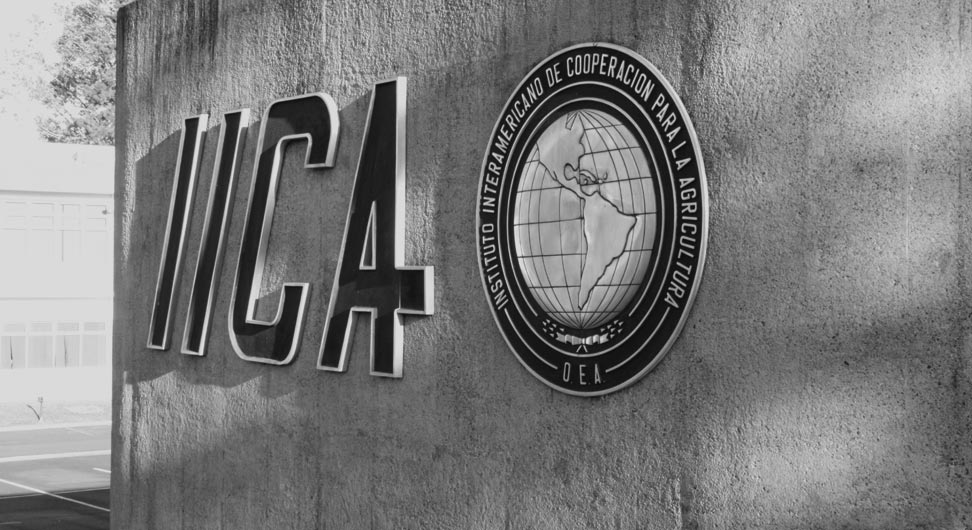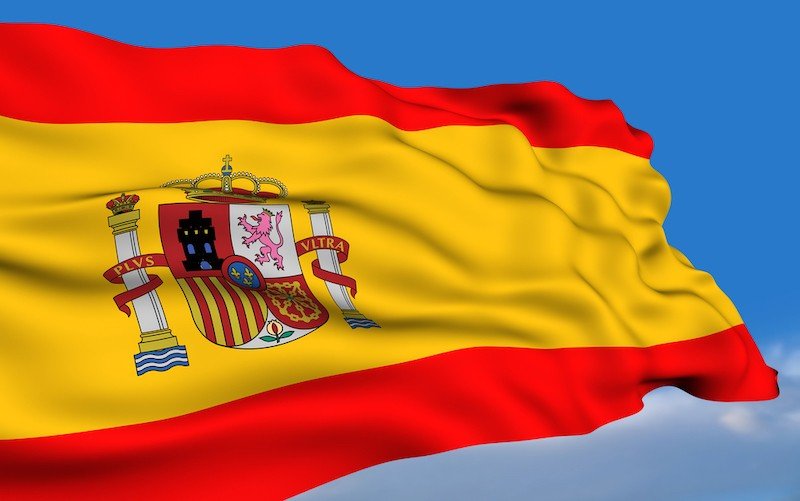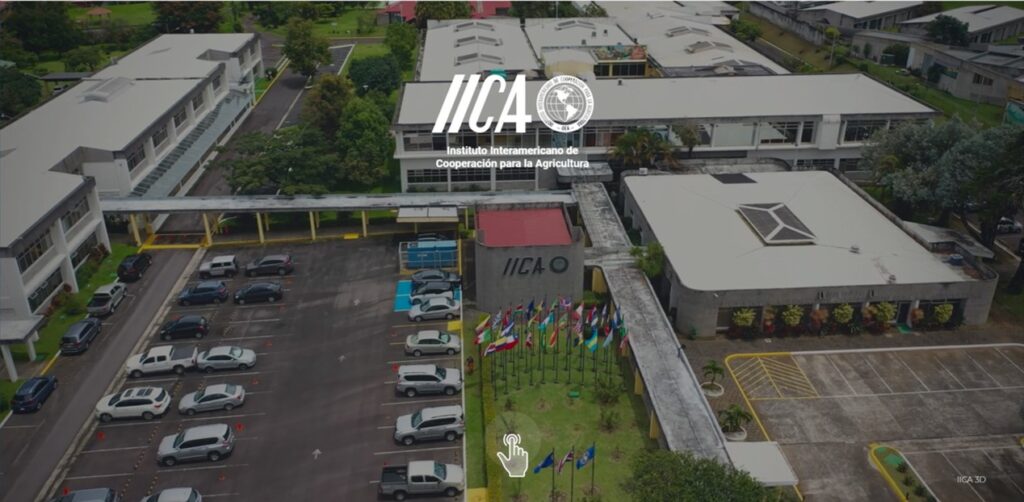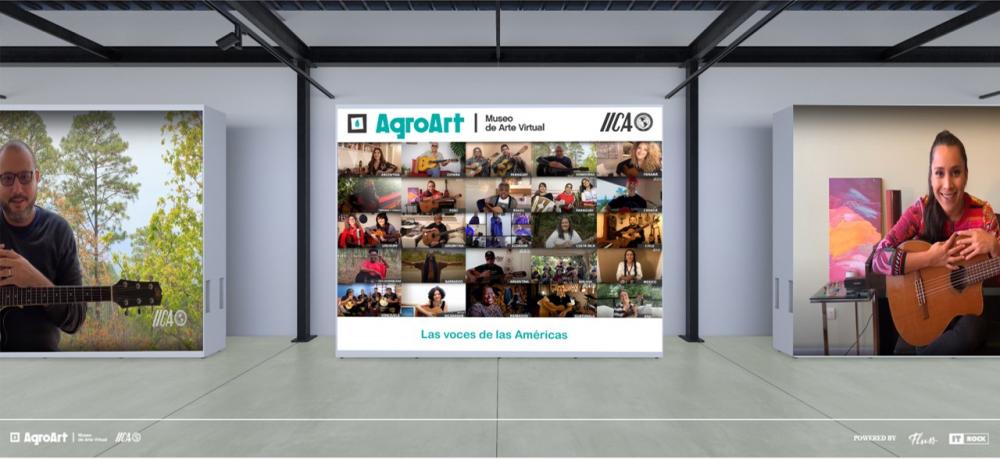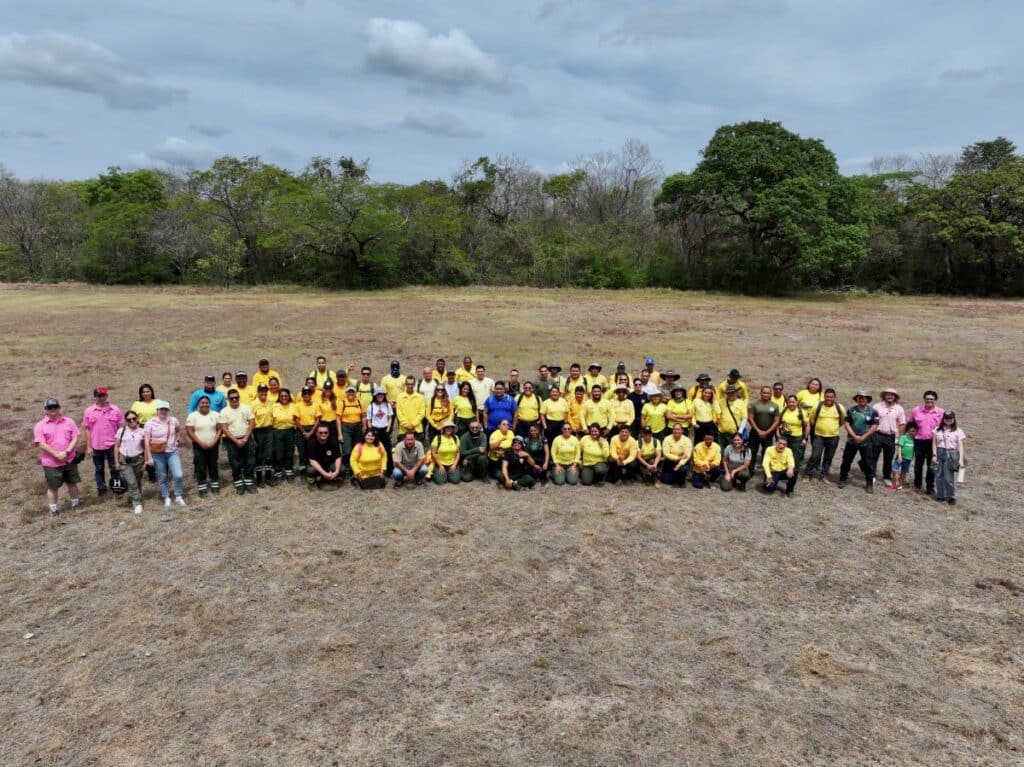
Guanacaste, Costa Rica, 7 May 2025 (IICA) – A total of 75 fire brigade members from the Guanacaste Conservation Area in Costa Rica received training in drone use and flying, with the aim of reducing the digital gap in fighting wildfires.
The activity, entitled “Bomberas y bomberos a volar”, was organized by the Inter-American Institute for Cooperation on Agriculture (IICA) with support from the Guanacaste Conservation Area, which is part of the National System of Conservation Areas (SINAC) of the Ministry of Environment and Energy (MINAE) of Costa Rica.
The training session was carried out in commemoration of Wildland Firefighter Day, a date that recognizes and spotlights the commitment, effort and courage of those who dedicate their lives to fighting wildfires and protecting natural resources.
The firefighters participated in theoretical-practical sessions, during which they learned about safety concepts, legislation, history and applications of unmanned aerial vehicles or drones.
“This is a rapidly growing technology, yet many potential users are unfamiliar with it. At IICA, through our Digital Fabrication and Community Innovation Laboratory (FabLab-LINC), we want to bring users, such as firefighters and wildland firefighters, closer to this type of technology”, explained Jonathan Castro, Coordinator of the FabLab.
“During our demonstration, we discussed the country’s legislation on the use of drones, safety concepts and, most importantly, potential applications. After that, we carried out practice flights with light drones, within the limits established by aviation regulations and safety criteria”, he added.
Participating in the training session were seven brigades of volunteer wildland firefighters from the Dry Pacific and Chorotega regions of Costa Rica. Also in attendance were SINAC-MINAE officers such as park rangers, managers and personnel involved in wildfire management. Thirty-five of the participants were female wildland firefighters.
The Guanacaste Conservation Area is located in Costa Rica’s northwestern province of Guanacaste, and is comprised of the Santa Rosa, Guanacaste and Rincón de la Vieja national parks, as well as the Horizontes experimental forest station and the Bahía Junquillal wildlife refuge.
“The training session was very valuable, as it will allow us to take action in a new way, using technology to reach fires more easily or to know when and where to attack. Our hope is for all the brigades to be able to pilot drones in their communities, because they are our eyes—they warn us of the closest fires”, said officer María Luisa Arias of the Guanacaste Conservation Area’s Comprehensive Fire Management Program.
“The fact that we have been taken into account to implement this type of technology is very encouraging, especially for those of us in remote communities. The use of drones can make a difference in firefighting, in surveillance, in taking care of wildland firefighters and conservation areas, and in optimizing firefighter deployment”, added Iris Alicia González of the Colonia Bolaños brigade in the La Cruz district.
Juan Paulo Gazo, a park ranger in the Guanacaste Conservation Area, described the training session as a “great experience” because the “new knowledge acquired will allow for implementing this type of tool to control wildfires and for using more specialized drones directly on site or to better locate smoke emission sources or fires”.

A hemispheric effort
This educational event is part of the Agroforestry Firefighters of the Americas initiative, which IICA launched in March to support efforts to educate on as well as prevent, combat and eliminate wildfires in the Americas.
It consists of six action modules that address gaps in terms of knowledge, prevention, rapid response and community resilience to wildfires. Its approach integrates training, technology, specialized equipment and local participation.
The initiative is particularly timely given that, according to the Global Wildfire Information System (GWIS), 952,074.53 km2 in the Americas (2.24% of the continent’s extension) were consumed by wildfires last year alone.
“This increase is equivalent to Ecuador’s total surface area. Compared to the average for the last 12 years, an additional 231,960.80 km2 burned. That is why IICA created the initiative, which will be implemented in Chile, Uruguay, Mexico, Canada and Central American countries, among others”, added Castro.
A total of 18.7% of wildfires occurred in forests, 23.6% in savannahs and 20.7% in other areas. Most of them (30.7%) occurred in brushlands and pastures, and 6.3% affected croplands. This means that almost six million hectares (5,966,021) of arable land throughout the continent were affected.
Climate change is causing wildfire seasons to become increasingly unpredictable. Human fire use and abuse is also posing a serious threat to many forests and their biodiversity.
Some of the major irreparable effects of this type of incident include the millions of tons of carbon that go back into the atmosphere after decades of sequestration by forests or biomass; soil erosion; loss of biodiversity; disruptions in essential public services (electricity, drinking water, connectivity, transportation); and effects on air quality and human health, among others.
Through these types of initiatives, IICA is reaffirming its commitment to technological innovation, local capacity building and environmental conservation, thereby actively contributing to the sustainability of rural areas in Latin America and the Caribbean.
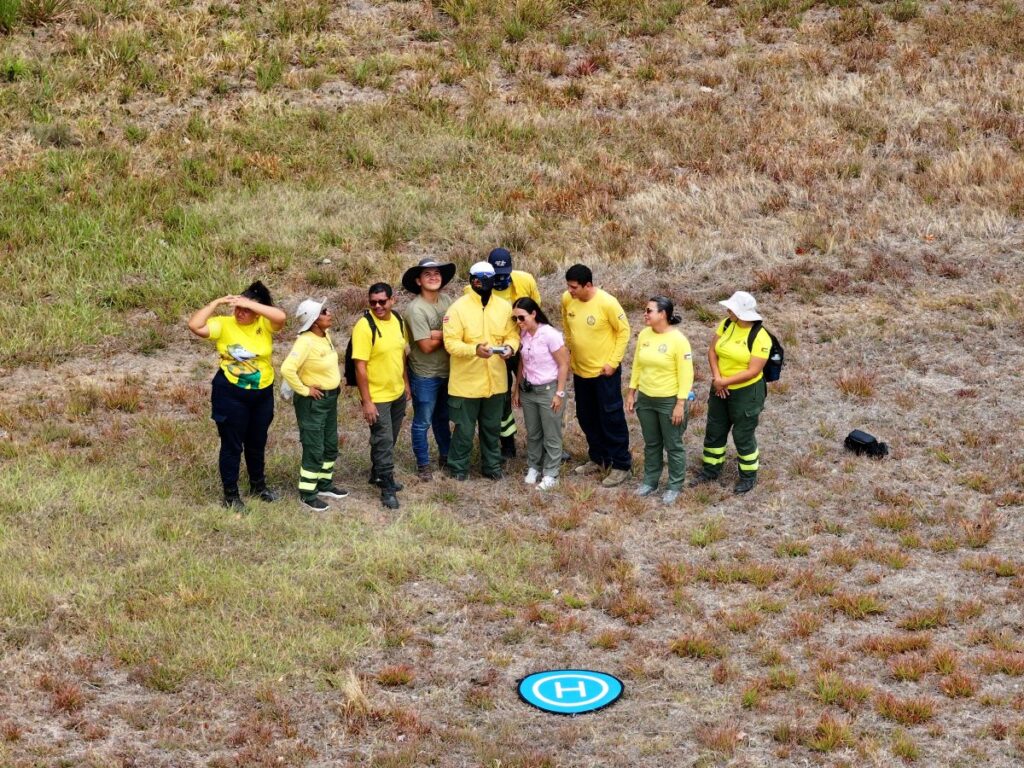
More information:
Jonathan Castro, Coordinator of IICA’s FabLab.
jonathan.castro@iica.int

